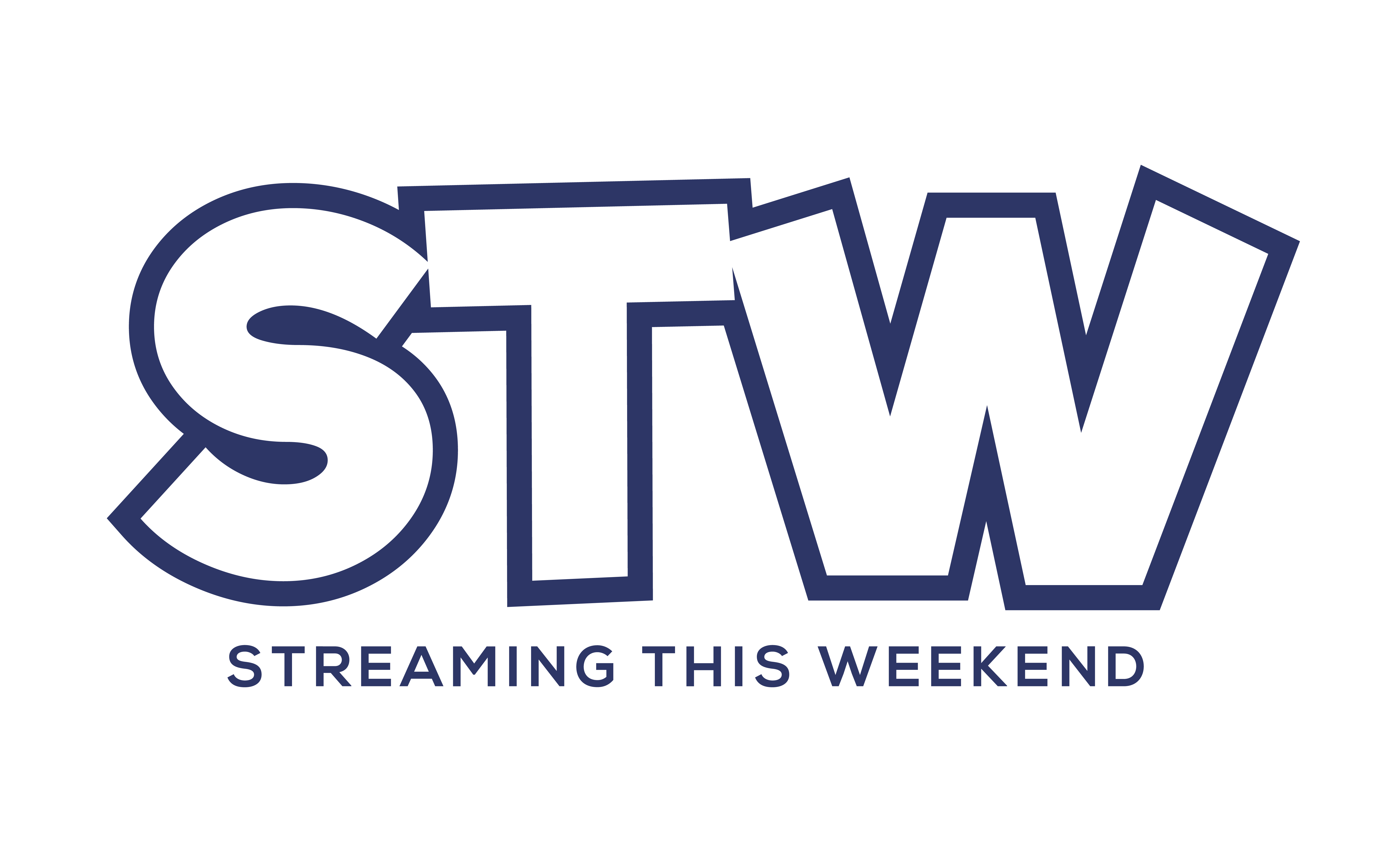Some of the most popular streaming shows of the past several years have been documentaries. Hits like Tiger King, I’ll Be Gone in the Dark, and Making a Murderer spent weeks as the most watched and discussed shows. And now, it seems there is a new major documentary being released on a streaming service every week.
With all that success, it begins to make you wonder: how do streaming services pick documentaries? What are they looking for, and how do they decide what’s a good doc and what’s a bad one?
Let’s get some answers.
Rob Webber: FBI Targeted Him Over Trump Documentary
Trending topics
Documentaries and docu-series are popular among streaming service executives because they are cheap to make compared to original, fictional programming. If you can make something that a lot of people want to watch (and pay to stream) that doesn’t cost very much, you have a recipe for success.
It’s no secret that true crime is one of the biggest genres right now, and it has been for a while. That’s made it a go-to option for streaming platforms and documentary filmmakers alike. Executives have pumped up so much true crime content because it gets people to pay for their streaming services, and true crime documentaries are especially popular. Case in point, consider Netflix’s hugely popular Wild Wild Country.
Similarly, foodie culture has blossomed into a major segment of the documentary-viewing public. Food and cooking documentaries are now a major sector of any streaming platform’s offerings. A couple of examples include the major hit Jiro Dreams of Sushi or the evergreen show Chef’s Table.
If there is a genre of documentary that is popular, companies will be quick to buy up content.
Follow the data
Streaming platforms like Netflix gather an enormous amount of data while you use their service. They note when people fast forward, pause, rewind, stop watching, change what they’re watching, and countless other actions.
That’s given Netflix, as well as their competitors who do more or less the same thing, a vast amount of information on what their customers actually watch (and how). These insights drive content acquisition.
Streaming services will analyze this data and use it to judge new content. If the data suggests the film or show will do well, it’ll be picked up.
But what about Amazon Prime Video?
If you’ve scrolled through the documentaries on offer at Prime Video, you might have noticed that they are a bit different than other streaming services. Some of what they have is so far afield that the platform has drawn criticism for courting conspiracy theories
That’s because Prime Video works a bit differently than Netflix, Hulu, or HBO Max. Their service Prime Video Direct allows filmmakers to upload their work and make it available directly.
When pressure mounted to remove what was considered damaging or discriminatory documentaries, Amazon decided to end this policy for documentaries. Nevertheless, there are still plenty of movies about UFOs, the Illuminati, and other strange topics that survived.
While these odd documentaries weren’t necessarily “chosen” by Amazon, they allowed the filmmakers to use the platform.
Final thoughts
Amazon Prime Video aside, most documentaries require original content that trends and resonates with audiences.
Streaming services are presented an enormous amount of content. Choosing which is best can be hit or miss, but most studios and production companies try to limit the number of duds by relying on data points collected from their existing viewers. If you’re looking for better documentaries, don’t forget to “like” the programs you enjoy, they’ll get the message.

